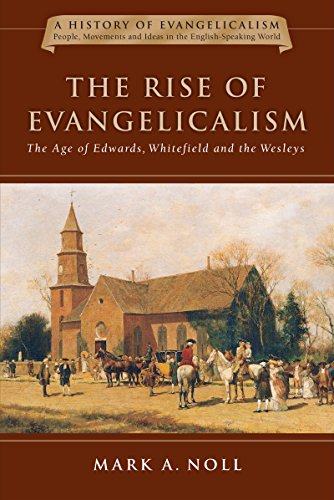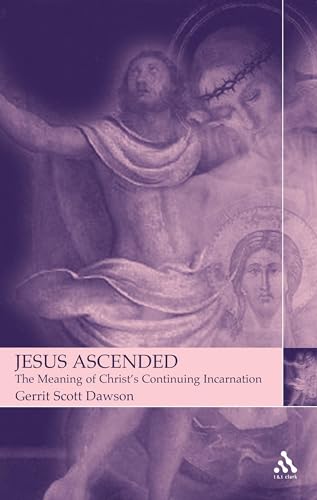FORTRESS INTRODUCTION TO THE PROPHETS
Written by Rodney R. Hutton Reviewed By Daniel M. GurtnerThis work is a valuable book for study of Israelite prophetic traditions in which the author attempts to lay out some fundamental characteristics of prophecy and then consider Israel’s pre-exilic prophets in roughly chronological order (p. viii). Hutton’s objective is ‘to introduce the reader to the critical issues that concern Israel’s prophetic texts in their broad scope’ (p. viii).
In his first chapter (ch. 1, ‘Introduction to Old Testament Prophecy’, 1–10), Hutton sets out five major questions that orient the entire book: ‘Do the prophet books witness at all to the real phenomenon of “prophecy” in Israel?’; ‘What is the relationship of the classical or writing prophets … to the pre-classical prophets, about whom we read in the prophetic legends preserved in the Deuteronomistic History?’; ‘Where are we to find the origins of Israelite prophecy?’; ‘How do the prophets relate to their culture and society?’; and ‘How does the prophetic collection of writings relate to the legal and historical traditions of Israel, that is, to the Torah of Moses and to the historical writings produced by both the Deuteronomist (Josh., Judg., 1–2 Sam. and 1–2 Kgs) and the Chronicler (1–2 Chr., Ezra, and Neh.)?’ Chapter 2 introduces readers to ‘The Origins of Israelite Prophecy and Amos’ (11–20), where the author provides a helpful summary of the book of Amos, focusing on social justice, and garnished with a healthy dose of contemporary application (19).
The remainder of the book touches on pre-exilic prophets, major issues related to them, and especially their role in Israelite history. These include Hosea (ch. 3, pp. 21–28), Isaiah of Jerusalem (ch. 4, pp. 29–36) and the ‘Assyrian Crisis’ (ch. 5, pp. 37–44), ‘Micah of Moresheth’ (ch. 6, pp. 45–52), and the ‘Prophets in the interim’ (ch. 7, pp. 53–60), which include Zephaniah, Nahum, and Habbakkuk. Jeremiah is the centre of attention for the remaining chapters, which include the reforms under Josiah (ch. 8, pp. 61–70), the ‘Structure of the Book of Jeremiah’ (ch. 9, pp. 71–80), and ‘A Portrait of the Prophet Jeremiah’ (81–90). Chapter 11 (‘Plucking Up and Tearing Down’, 91–100) discusses Israel’s affinity for false gods (esp. Canaanite), and Chapter 12 (‘Building and Planting: Looking to the Future’, 101–110) concludes the book. The volume also includes a select bibliography on Prophecy (111–15).
This book is a clear, sound, and carefully written introduction to its subject. Particularly helpful is the author’s mastery of the respective historical contexts in which prophets are located and their role in the larger Israelite society. His occasional Christian reflection and contemporary application add all the more to the helpfulness of this volume. Not all readers of this journal will be content with Hutton’s adoption of critical opinions, such as a three-fold authorship of Isaiah, or the lack of theological interest Hutton betrays. For the latter, one would do well to consult Willem A. VanGemeren’s Interpreting the Prophetic Word (Grand Rapids: Zondervan, 1990). VanGemeren’s book is distinctly evangelical in orientation. It is comprehensive and carefully attends to the theological import of each of the prophets and their role in redemptive history, not just society (Hutton). VanGemeren is also very explicit in attributing Israelite prophetic tradition to divine revelation, and has an important discussion of the distinction between revelation and ‘religion’. This should not detract from the value of Hutton’s book, which is itself a valuable contribution to orienting beginners to the pre-exilic prophetic traditions.
Daniel M. Gurtner
Daniel M. Gurtner completed his PhD at the University of St. Andrews and has written extensively on the Gospel of Matthew and Second Temple Judaism. He is the author of The Torn Veil: Matthew’s Exposition of the Death of Jesus and co-editor of the award-winning T&T Clark Encyclopedia of Second Temple Judaism.







